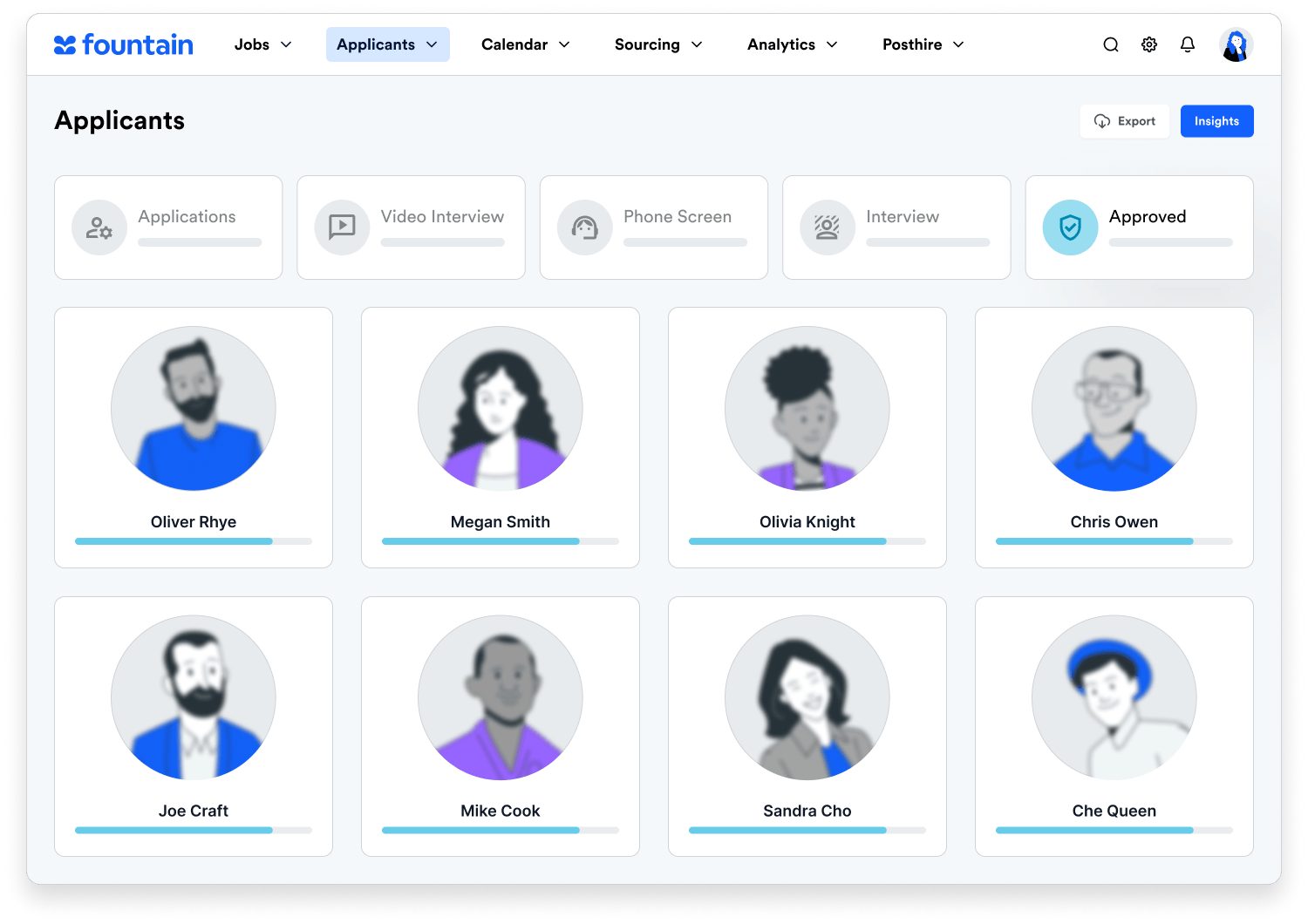Remote work has turned from a “nice-to-have” perk to a “must-have.” But how does a broader digital transformation translate to hiring and onboarding the right talent?
This change, among other factors, might make workers wary of returning to work for fear their skills have become redundant in the wake of digitization.
In our Digital Transformation Guide for High Volume Hiring, we review how to make remote work work for the hourly workforce. Keep reading for the main takeaways.
The Current State of Remote Work
According to the PwC US Remote Work Survey, 71% of U.S. workers and 83% of executives reported the COVID-19–enforced transition to remote work as either successful or very successful. The survey also revealed workers’ self-reported productivity rates increased from 28% to 34%, while employers’ self-reported productivity increased from 44% to 52%.
Despite the distance and lack of in-person communication, workers reported feeling connected to their jobs even while working remotely.
Although these figures are encouraging, we’re not out of the pandemic quite yet, and working from home still presents other challenges like in-home distractions, disrupted concentration, onboarding from a distance, and virtual collaboration snags.
In light of the move from in-person workspaces to more private and solitary settings, HR teams have made adjustments to hiring practices to better facilitate hiring from afar, and often without ever meeting their new hire in person.
How to Hire and Engage Remote Workers
To help teams feel connected from different places—maybe even different time zones—leaders must be open to new ways to keep workers engaged at every stage of the employee experience.
Starting with sourcing, recruiters need to be more strategic with the size of the net they cast and where they choose to cast it. Gone are the days of in-person hiring events like job fairs; instead, applicant tracking systems (ATS) can help narrow your pool of candidates to help you find and hire the right candidate faster.
When it comes to onboarding, managers can help new hires feel like part of the team by assigning a few “get-to-know-you” tasks during the first week, like a digital scavenger hunt of the organization’s website and policies, or a virtual happy hour with some of their new colleagues.
Even though businesses have been setting their teams up for digital success long before the pandemic, digital resources continue to evolve into mainstays for the future of work. Inventors and investors have devoted time and resources to building platforms that can help the modern workforce work from anywhere.
The Future of Remote Work
The past year (and change) has taught workers to be flexible, resilient, and prepared for the unexpected. As COVID-19 ebbs and flows, companies are deciding whether to bring workers back to in-person work environments, maintain their work-from-home situations, or develop some sort of hybrid arrangement.
The workplaces to which employees will return post-pandemic likely won’t look or feel the same as they did before the shutdown, nor will any activity humans are keen to restart. But in the face of a global challenge with no guidebook, we’ve created for ourselves more options, and thus more freedom, than ever before.
To take a deeper dive, read the full report Digital Transformation Guide for High Volume Hiring here.
Keep track of your organization’s digital transformation with our checklist, available here.

